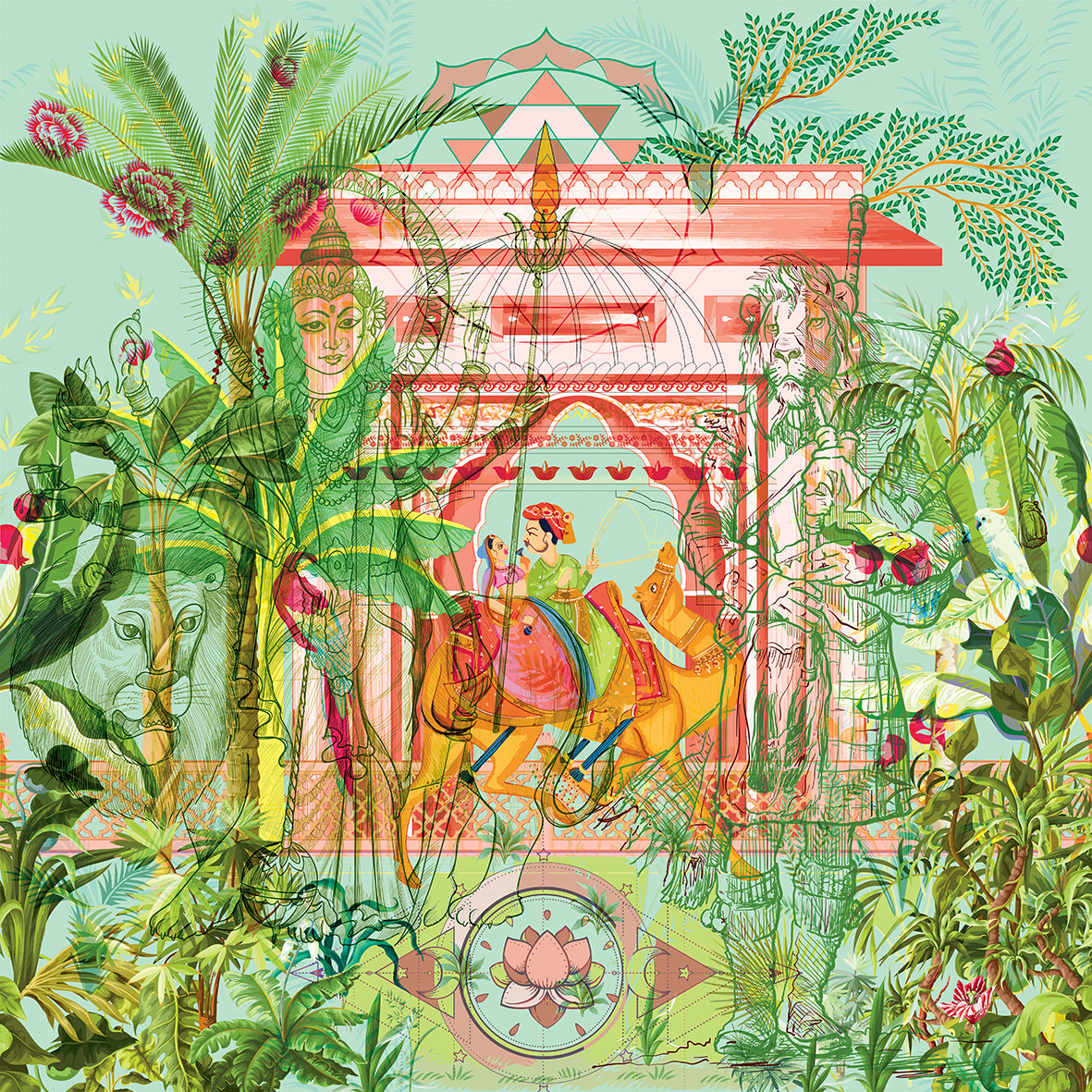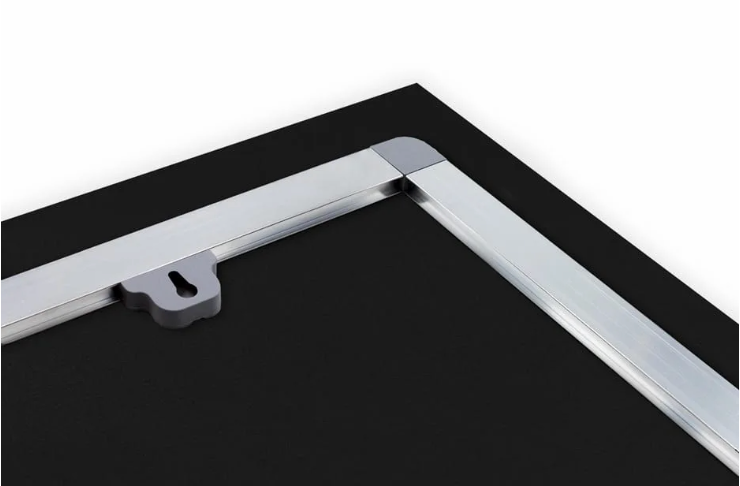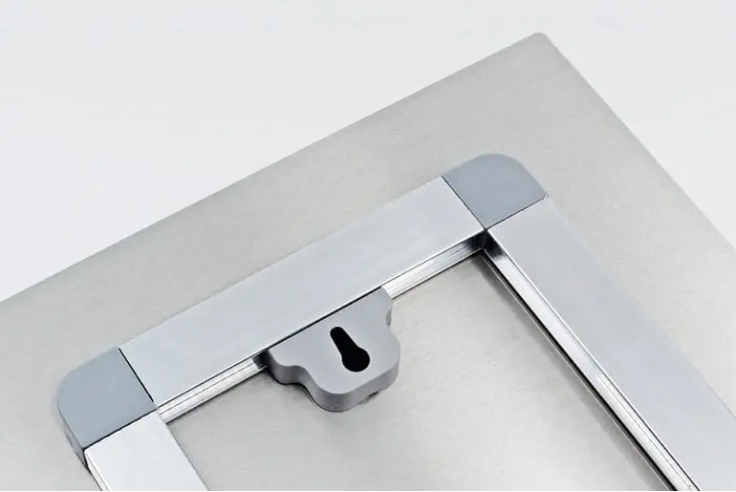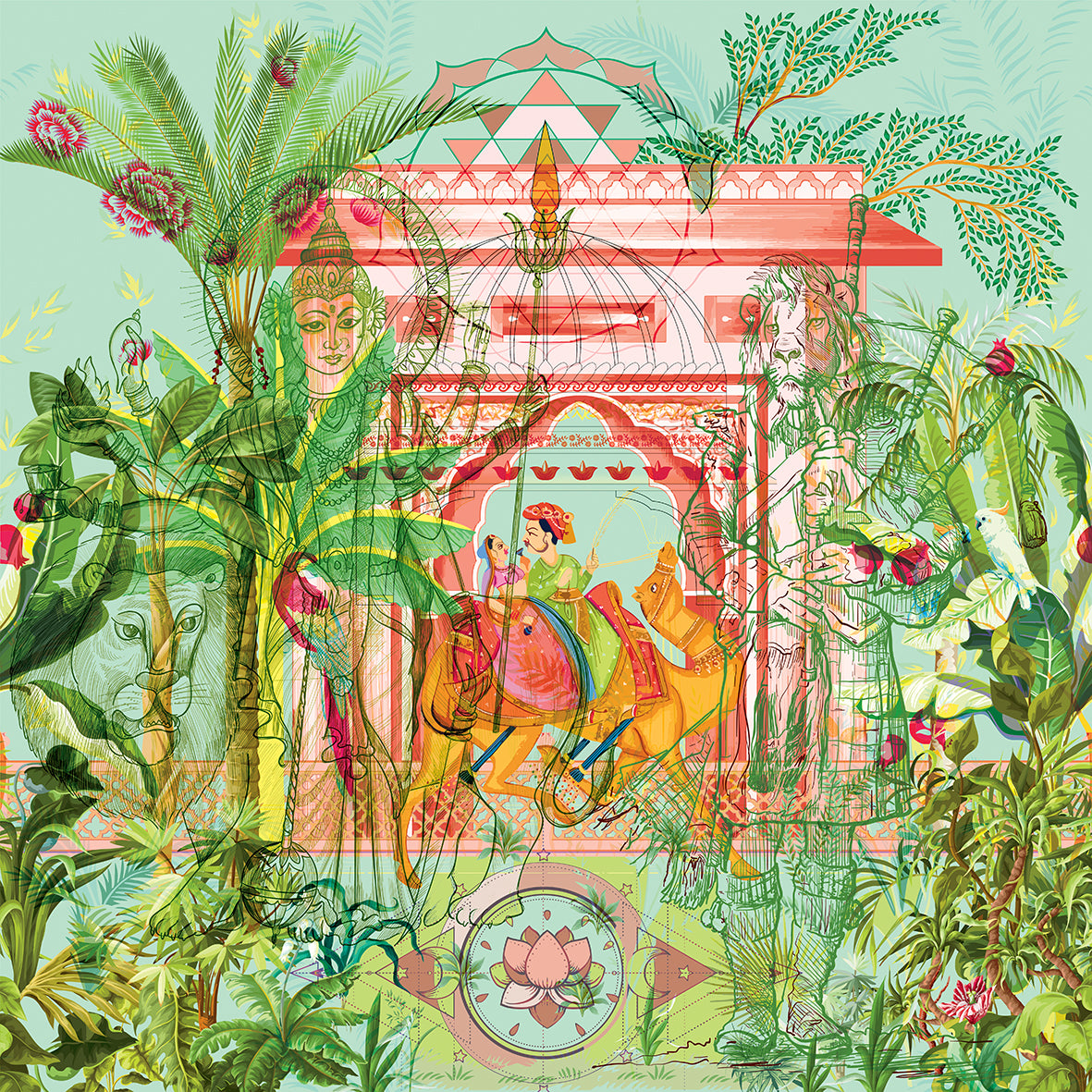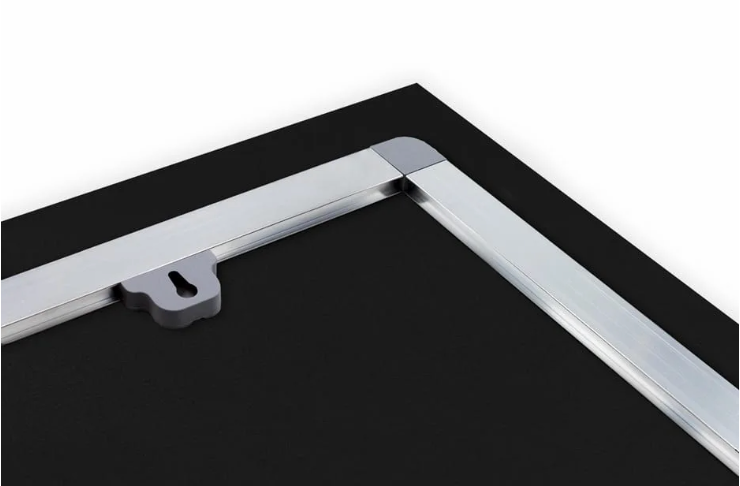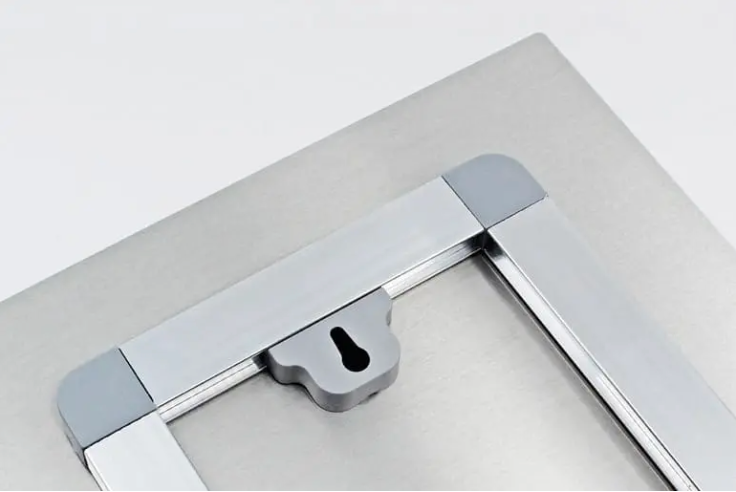KETNA PATEL ART STUDIO
Raja Rani
Raja Rani
Couldn't load pickup availability
Share
United Kingdom is a multicultural country. The London village (a.k.a a suburb) that I live in has in particular many Indians from East Africa (of which I am one). The Indian diaspora here mainly hails from Uganda, Kenya and Tanzania - all British colonies. Due to harsh living conditions following a drought, my grandfather was incentivized to migrate from Gujarat, India to Uganda a century ago. Over time, he was given a British passport and after Idi Amin - well the rest is history.
U.K and India share a remarkable commonality in their national symbols, both featuring ancient goddesses associated with lions. In India, we have Durga, who embodies feminine strength and valour, riding a lion or tiger as she vanquishes evil forces. In Britain, the symbol of the lion is closely tied to the heraldic imagery of the British monarchy, where lions often feature prominently in royal crests and standards.
This parallel between the two nations' symbols reflects a deeper connection, one that goes beyond geography and history. It underscores the cyclical nature of time, akin to the changing cycles of nature and seasons. Just as the seasons transition seamlessly from one to another, so too have the powers and influences in India's history shifted cyclically, from indigenous dynasties to the Mughal Empire and later to British colonial rule.
In this cyclical perspective, India's history, marked by periods of upheaval and transformation, mirrors the changing seasons of nature. The nation has endured and evolved, much like the delicate yet sturdy blossoms that emerge each year. This connection between India and Britain, embodied in their lion-associated goddesses and the cyclical patterns of time, serves as a reminder that history is not linear but, instead, a dynamic interplay of forces that repeat and evolve, much like the ever-changing seasons of nature.
Each edition is a finely crafted piece of art, individually titled, numbered, and signed by Ketna Patel. Depending on the work’s nature, it is produced either as a C-Type print on Fuji gloss paper or as a Giclée print on Hahnemühle Photo Rag paper, both ensuring archival durability and suitability for diverse climates, including humid environments like Singapore. Prints are created at esteemed studios in London, Singapore, or New Delhi, using premium archival materials. Limited to 50 copies per size (150 total unframed), each is shipped carefully rolled in a poster tube. For a slick, glossy, contemporary look, the artwork is also offered as Acrylic or HD Metal prints, each limited to 25 per size. Acrylic prints are made on 5mm thick, 70% recycled glossy acrylic with a premium foil backing that amplifies colour richness and depth, framed in white, black, or natural wood. HD Metal versions utilize dye sublimation on scratch-resistant, waterproof aluminium, producing vivid, sharp images suited for indoor or outdoor display with a frameless floating effect. Both formats come with prefitted hanging systems and spacers for easy installation. Each piece is made to order with a 10-day production timeframe, ensuring exclusivity and meticulous record-keeping to prevent duplication.
